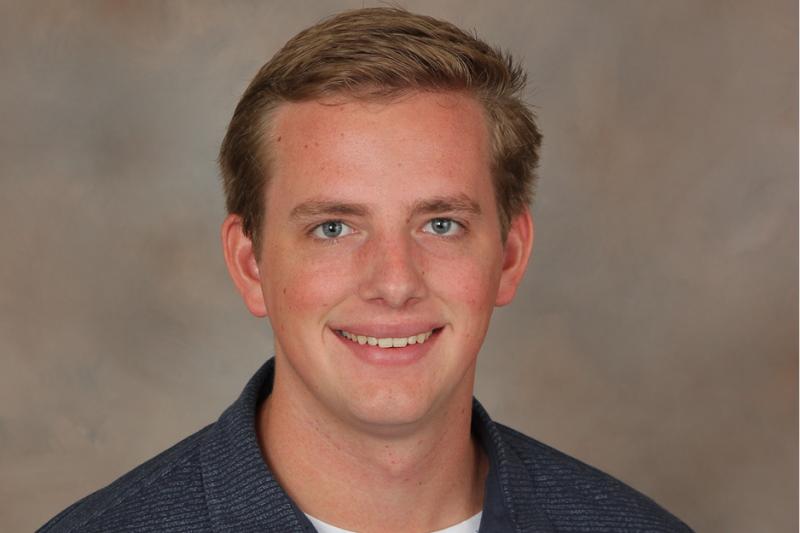
While a chemistry major at Salisbury University, Brady Travis began reading papers on protein structures that piqued his interest in biochemistry. Now in the lab of Dr. Maria Schumacher, a structural biochemist, he’s had success researching one of the most virulent bacterium in the world, Francisella tularensis. On the CDC’s most lethal bioweapons list, the bacterium easily infects, is easy to aerosolize, and has a fascinating history— the Russians used it on the Germans during WWII and amid the Cold War, the Americans, Soviets, and Japanese tried to develop it as a bioweapon; Francisella tularensis has a quick infection rate, and a human has to inhale only 10 bacteria cells to infect the lungs with pneumonia.
Using Duke’s cryo-EM, Brady solved the structures of the transcription complexes that control Francisella tularensis’ virulence—a unique group of transcription regulators that command its pathogenesis: MglA, SspA, PigR, and its multi-subunit RNA polymerase, in combination with the infectious sensing stress alarmone, ppGpp. Brady’s structure combined with work from collaborators at Harvard, has revealed the detailed molecular mechanism behind how these factors all work together.
His collaborators at Harvard are now performing mutation experiments to determine how Francisella tularensis infects cells, and have found that proteins are important and interact as predicted. Brady’s hope is to eventually develop novel treatments against its weaponization and to accomplish this, the team is looking to develop different small molecules that would bind to these essential transcription complexes to impede the infectious process. The hope is to disable the bacteria with antivirulence drugs rather than trying to kill the bacteria with antibiotics.